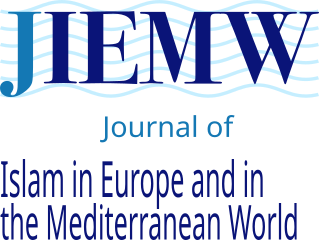The article examines the pluralization of the Italian religious landscape through the lens of the Muslim presence, exploring how cultural Catholicism and state governance interact in shaping the politics of recognition. Drawing on sociological, legal, and ethnographic perspectives, it traces the historical evolution of Islam in Italy—from the first migratory flows to the emergence of new generations and associative forms—highlighting the tension between visibility and institutional marginality. The analysis situates the Italian case within broader European debates on religious pluralism, demonstrating how Catholicism continues to operate as a pervasive symbolic code that structures public morality and social cohesion. The Intesa model, rather than ensuring equality, reflects a differentiated regime of recognition that reveals the limits of Italian secularism and the persistence of a Catholic monopoly in the public sphere.
Islam and Religious Pluralization in Italy: Between Cultural Catholicism and the Politics of Recognition
Abstract
Keywords
Pace E., Brandalise Rhazzali M. K. (2025) "Islam and Religious Pluralization in Italy: Between Cultural Catholicism and the Politics of Recognition
", Journal of Islam in Europe and in the Mediterranean World, 1(1), 13-31. DOI: 10.25430/pupj-JIEMW-2025-1-3
Year of Publication
2025
Journal
Journal of Islam in Europe and in the Mediterranean World
Volume
1
Issue Number
1
Start Page
13
Last Page
31
Date Published
10/2025
ISSN Number
in fase di registrazione
Serial Article Number
3
DOI
10.25430/pupj-JIEMW-2025-1-3
Issue
Section
Special Section

 © 2025 Padova University Press - Università degli Studi di Padova
© 2025 Padova University Press - Università degli Studi di Padova